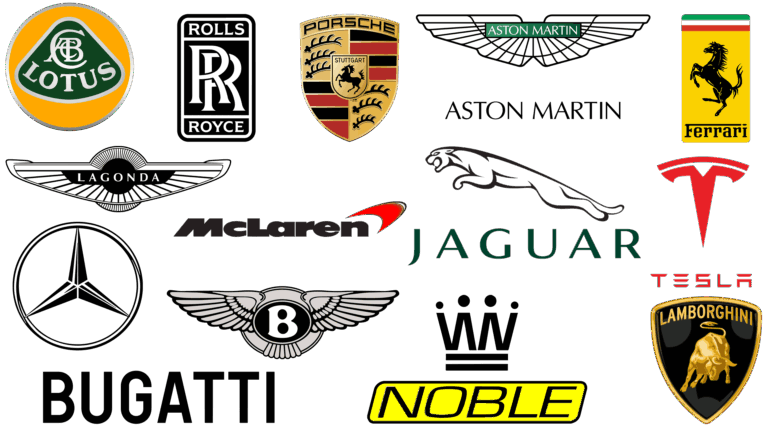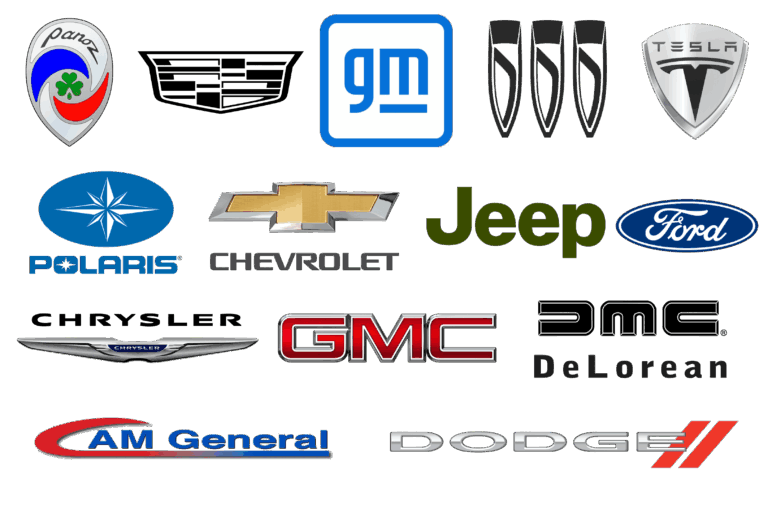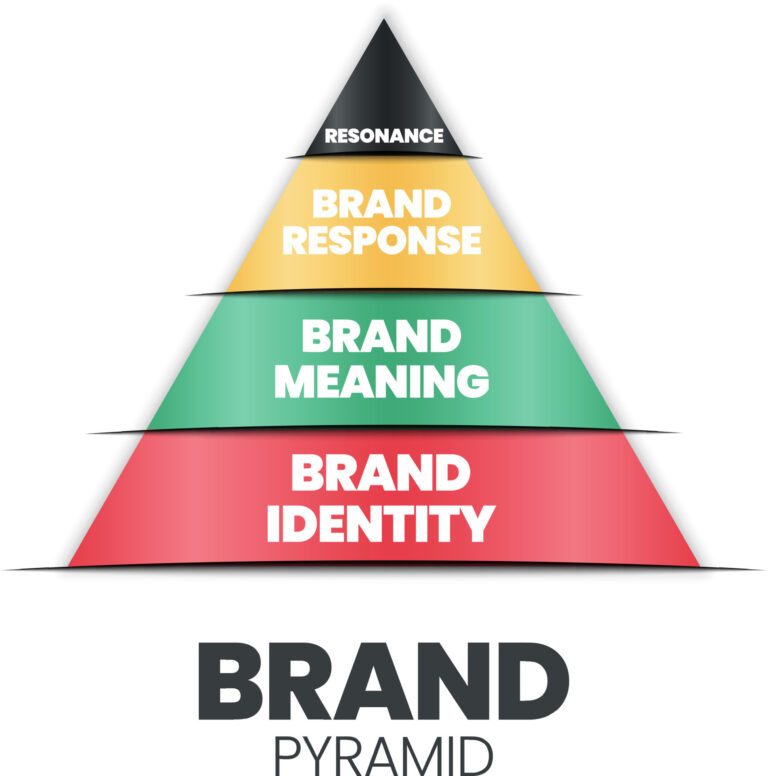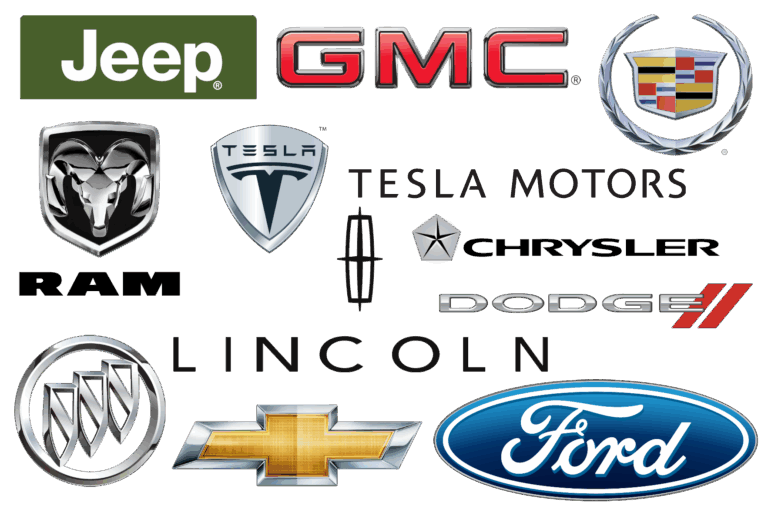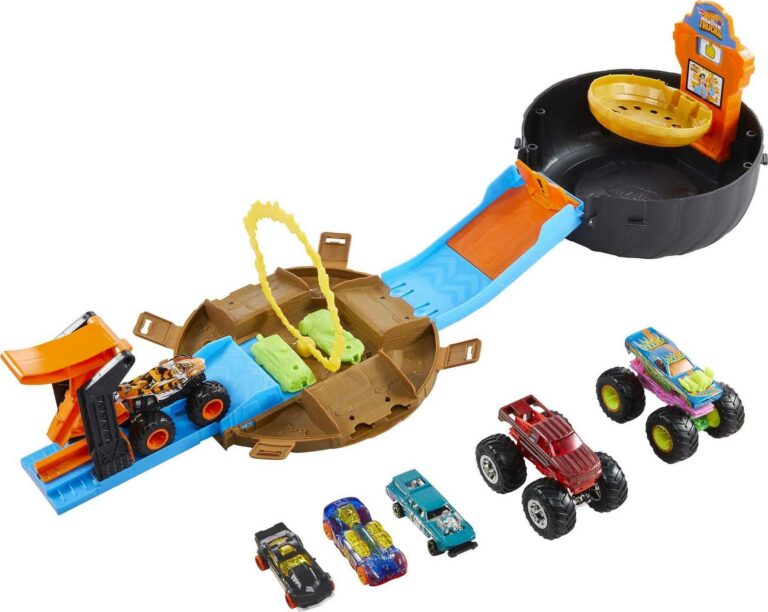Good Car Brands For New Drivers
Good Car Brands For New Drivers cars.truckstrend.com
The moment a new driver gets their license is exhilarating – a newfound freedom awaits. But with that freedom comes the significant responsibility of choosing the right first car. This isn’t just about getting from point A to point B; it’s about safety, reliability, affordability, and fostering confidence behind the wheel. A "good car brand for new drivers" isn’t necessarily the flashiest or the most powerful; it’s one that prioritizes safety, is easy to manage, won’t break the bank, and offers peace of mind to both the driver and their guardians. Making an informed choice at this crucial stage sets the foundation for a lifetime of safe and responsible driving.
Understanding the Needs of a New Driver
Good Car Brands For New Drivers
Before diving into specific brands, it’s essential to understand the unique requirements of a novice driver’s vehicle. Their priorities differ significantly from an experienced motorist.
1. Safety First, Always
This is non-negotiable. New drivers are statistically more prone to accidents. Therefore, the car must offer robust protection. Look for:
- High Safety Ratings: Check ratings from organizations like the Insurance Institute for Highway Safety (IIHS) for their "Top Safety Pick" awards and the National Highway Traffic Traffic Safety Administration (NHTSA) for their star ratings.
- Essential Safety Features: Anti-lock Braking System (ABS), Electronic Stability Control (ESC), multiple airbags (front, side, curtain), and traction control are paramount.
- Advanced Driver-Assistance Systems (ADAS): While not strictly essential, features like Automatic Emergency Braking (AEB), Lane Keeping Assist (LKA), Blind-Spot Monitoring (BSM), and a rearview camera can significantly reduce the likelihood of an accident.

2. Reliability and Low Maintenance
A breakdown is stressful for any driver, but especially for a new one. A reliable car means fewer unexpected repairs, less downtime, and predictable running costs. Brands known for their longevity and readily available, affordable parts are ideal.
3. Affordability: Purchase, Insurance, and Running Costs
The total cost of ownership is a critical factor.
- Purchase Price: New drivers often start with a used car to minimize depreciation and upfront cost.
- Insurance: This is often the highest recurring cost for new drivers. Certain car models and brands have lower insurance premiums due to their safety record, lower repair costs, and less likelihood of being stolen. Always get insurance quotes before purchasing.
- Fuel Efficiency: A fuel-efficient car reduces daily running costs, which is a big win for budget-conscious new drivers.
- Maintenance & Repairs: Consider how much routine service and potential repairs will cost. Common brands with widely available parts tend to be cheaper to maintain.


4. Ease of Driving and Maneuverability
- Visibility: Good all-around visibility is crucial for new drivers still developing their spatial awareness.
- Size: Compact or subcompact cars are often easier to park, navigate tight city streets, and manage in traffic. While very small cars might raise safety concerns for some, modern compacts often have excellent crash ratings. Avoid overly large SUVs or trucks.
- Power: A car that is underpowered can be a hazard, but an overly powerful engine can encourage risky driving. A modest, responsive engine is ideal.
5. Good Resale Value
While not an immediate concern, a car that holds its value well means a better return when it’s time to upgrade.
Top Car Brands Recommended for New Drivers
Based on the criteria above, several car brands consistently stand out as excellent choices for new drivers.
1. Toyota
- Why it’s good: Toyota is synonymous with reliability, durability, and strong safety records. Their cars are known for requiring minimal maintenance beyond routine servicing and holding their value exceptionally well.
- Recommended Models:
- Toyota Corolla: A perennial favorite, offering excellent fuel economy, top-tier safety ratings, and a comfortable, predictable driving experience. Available as a sedan or hatchback.
- Toyota Camry: A slightly larger mid-size sedan, offering more comfort and space while maintaining Toyota’s legendary reliability and safety. Often a good choice for slightly older used models.
- Toyota Yaris (if available): A smaller, very fuel-efficient subcompact car, perfect for city driving and parking.
2. Honda
- Why it’s good: Similar to Toyota, Honda consistently ranks high in reliability, safety, and fuel efficiency. Their cars are often a bit more engaging to drive while remaining practical and affordable to maintain.
- Recommended Models:
- Honda Civic: A direct competitor to the Corolla, the Civic offers a sportier feel without sacrificing safety, reliability, or fuel economy. Available as a sedan or hatchback.
- Honda Fit (Jazz in some markets): A marvel of interior packaging, this subcompact hatchback offers incredible versatility for its size, excellent fuel efficiency, and Honda’s proven reliability.
- Honda HR-V: A compact SUV based on the Fit platform, offering slightly more ground clearance and utility while remaining easy to drive and park.
3. Mazda
- Why it’s good: Mazda has carved out a niche by offering vehicles with a premium feel and engaging driving dynamics, all while maintaining excellent reliability and safety ratings. They often feel more upscale than their price suggests.
- Recommended Models:
- Mazda3: A stylish and fun-to-drive compact sedan or hatchback that consistently earns high safety marks. It offers a more refined interior than many competitors.
- Mazda CX-30: A compact SUV that blends the Mazda3’s driving characteristics with SUV practicality, making it a safe and appealing choice.
4. Hyundai & Kia
- Why they’re good: These Korean brands have made incredible strides in quality, reliability, and design over the last decade. They offer fantastic value, modern features, and some of the best warranties in the industry (though the full warranty might not transfer on used vehicles, check specifics). Their safety features and ratings are now highly competitive.
- Recommended Models:
- Hyundai Elantra: A sharp-looking compact sedan that offers a great balance of features, fuel economy, and safety for the price.
- Kia Forte: Kia’s equivalent to the Elantra, offering similar benefits with a distinct styling.
- Hyundai Kona / Kia Seltos: Compact SUVs that are maneuverable, stylish, and packed with modern tech and safety features.
5. Subaru
- Why it’s good: Subaru’s unique selling point is standard All-Wheel Drive (AWD) on most of their models (excluding the BRZ sports car), making them excellent for regions with challenging weather conditions. They also boast impressive safety ratings, particularly with their EyeSight driver-assist system.
- Recommended Models:
- Subaru Impreza: A compact sedan or hatchback that offers the safety and all-weather capability of AWD in a practical, fuel-efficient package.
- Subaru Crosstrek: Essentially a lifted Impreza hatchback, offering more ground clearance and a rugged look while maintaining the Impreza’s core strengths.
Key Considerations When Buying for a New Driver
Beyond brand and model, several practical aspects warrant attention during the car buying process.
1. New vs. Used
- Used Cars: Generally recommended for new drivers. They are significantly cheaper, depreciate slower, and minor dents or scratches are less painful. You can often get a much better-equipped or larger car for the same budget as a basic new model.
- New Cars: Offer the latest safety tech, full warranty, and no previous owner’s issues. However, the rapid depreciation in the first few years makes them a costly choice for a first car.
2. Insurance Implications
Get insurance quotes for specific models before you buy. A car that is cheap to purchase might be expensive to insure for a new driver, negating any initial savings. Factors like engine size, safety ratings, theft rates, and even the car’s color can influence premiums.
3. Pre-Purchase Inspection (PPI)
For any used car, a PPI by an independent, trusted mechanic is non-negotiable. This can uncover hidden issues, saving you thousands in future repairs.
4. Vehicle History Report
Utilize services like CarFax or AutoCheck to review the car’s accident history, service records, ownership changes, and title status.
5. Don’t Overlook Tires
Good quality tires with adequate tread depth are crucial for safety, especially in varying weather conditions. Factor in the cost of new tires if the existing ones are worn.
Practical Advice and Actionable Insights
- Set a Realistic Budget: Include not just the purchase price, but also insurance, registration, taxes, potential repairs, and initial maintenance.
- Prioritize Safety Features: Don’t be swayed by flashy infotainment systems. Focus on features that actively prevent accidents or protect in a crash.
- Test Drive Thoroughly: Don’t just drive around the block. Take the car on highways, in traffic, and practice parking. Pay attention to visibility, braking, acceleration, and how comfortable the driver feels.
- Involve the New Driver: While parents or guardians might lead the research, the new driver should be involved in the decision-making and test-driving process to ensure they feel comfortable and confident in the chosen vehicle.
- Consider a Driving Course: Even after getting a license, an advanced driving course can significantly enhance a new driver’s skills and confidence, making them safer on the road.
Price Table: Good Car Brands for New Drivers (Estimated Used Values)
Disclaimer: Prices are highly variable and depend on the year, mileage, condition, trim level, location, and current market demand. Insurance and fuel costs are estimates and depend on driver profile, driving habits, location, and current fuel prices. These figures are for general guidance only.
| Brand/Model | Type | Estimated Used Price Range (USD) | Key Features for New Drivers | Estimated Annual Insurance (USD) | Estimated Annual Fuel Cost (USD) |
|---|---|---|---|---|---|
| Toyota Corolla | Compact Sedan | $10,000 – $25,000 | Legendary Reliability, High Safety Ratings, Excellent Fuel Economy | $1,500 – $3,000 | $1,200 – $1,800 |
| Honda Civic | Compact Sedan/Hatch | $10,000 – $28,000 | Reliability, Engaging Drive, Strong Resale Value, Good Safety | $1,600 – $3,200 | $1,200 – $1,900 |
| Mazda3 | Compact Sedan/Hatch | $10,000 – $26,000 | Premium Feel, Fun to Drive, High Safety Ratings, Good Fuel Economy | $1,550 – $3,100 | $1,300 – $1,900 |
| Hyundai Elantra | Compact Sedan | $8,000 – $24,000 | Excellent Value, Modern Features, Strong Warranty (check transfer) | $1,400 – $2,900 | $1,200 – $1,800 |
| Kia Forte | Compact Sedan | $8,000 – $24,000 | Great Value, Stylish Design, Solid Features, Good Warranty | $1,450 – $2,950 | $1,200 – $1,800 |
| Subaru Impreza | Compact Sedan/Hatch | $12,000 – $28,000 | Standard AWD, Excellent for All Weather, High Safety Ratings | $1,650 – $3,300 | $1,400 – $2,000 |
| Toyota Camry | Mid-size Sedan | $12,000 – $30,000 | Spacious, Ultra-Reliable, Very Safe, Comfortable Ride | $1,700 – $3,400 | $1,400 – $2,100 |
| Honda Fit | Subcompact Hatch | $7,000 – $18,000 | Incredibly Versatile Space, Ultra Fuel-Efficient, Easy to Park | $1,400 – $2,800 | $1,000 – $1,600 |
| Hyundai Kona | Subcompact SUV | $15,000 – $28,000 | Compact SUV, Modern Tech, Good Value, Easy to Maneuver | $1,550 – $3,100 | $1,300 – $2,000 |
Frequently Asked Questions (FAQ)
Q1: What’s the single most important factor when choosing a car for a new driver?
A1: Safety. Prioritize vehicles with high crash test ratings, a comprehensive set of airbags, and essential safety features like ABS and ESC.
Q2: Should I buy a new or used car for a new driver?
A2: For most new drivers, a used car is the more financially sensible option. It significantly reduces upfront costs and depreciation, making minor dents and scratches less impactful. Aim for a used car that is a few years old but still has modern safety features.
Q3: What car size is best for a new driver?
A3: Compact or subcompact cars (sedans or hatchbacks) are generally recommended. They are easier to maneuver, park, and are typically more fuel-efficient. While very small cars might seem less safe, modern subcompacts from reputable brands often have excellent crash ratings. Avoid overly large SUVs or trucks as they can be difficult to manage for inexperienced drivers.
Q4: How much should I expect to pay for insurance for a new driver?
A4: Insurance for new drivers, especially young ones, is significantly higher due to their lack of driving history and higher accident rates. It can range from $1,300 to over $3,500 annually, depending on the car, location, driver’s age, grades (if applicable), and specific coverage. Always get multiple insurance quotes before purchasing a vehicle.
Q5: Are older cars safe enough for new drivers?
A5: It depends on the specific car. Cars manufactured before the early 2000s may lack crucial safety features like side airbags, ESC, and advanced crumple zones. While a well-maintained older car can be reliable, prioritizing a vehicle from the last 10-15 years will generally offer a much higher level of passive and active safety.
Q6: What about electric cars for new drivers?
A6: Electric vehicles (EVs) can be excellent for new drivers due to lower "fuel" costs and often having advanced safety tech. However, their higher upfront purchase price and potentially higher insurance premiums might be a barrier for many first-time buyers. As the used EV market grows, they may become more accessible.
Q7: Is it better for a new driver to learn on a manual or automatic transmission?
A7: Most new drivers learn on and opt for automatic transmissions due to their ease of use, especially in traffic. Learning on a manual can teach better car control, but it adds another layer of complexity during the learning phase. For daily driving convenience, an automatic is generally preferred.
Conclusion
Choosing the right first car for a new driver is a decision that extends far beyond aesthetics or brand loyalty. It’s about empowering them with a safe, reliable, and manageable vehicle that builds confidence without breaking the bank. By prioritizing safety ratings, proven reliability, low running costs, and ease of driving, brands like Toyota, Honda, Mazda, Hyundai, Kia, and Subaru consistently emerge as top contenders.
Remember to consider the total cost of ownership, including insurance, and always opt for a pre-purchase inspection for used vehicles. By making an informed and thoughtful choice, you’re not just buying a car; you’re investing in a new driver’s safety, independence, and responsible journey on the road. Drive safe, drive smart!

